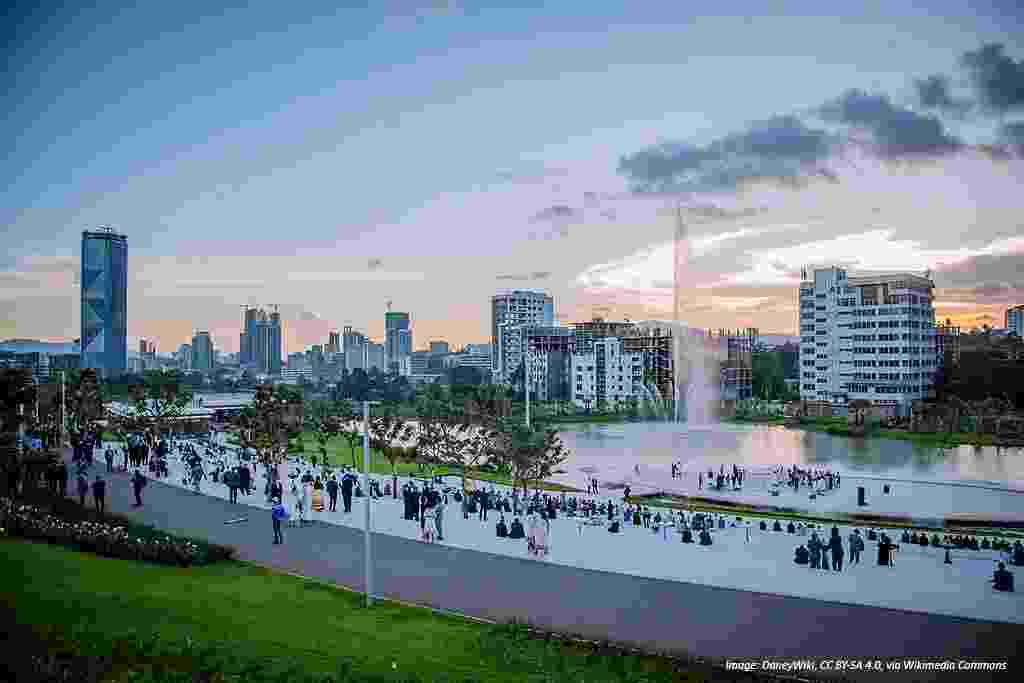Using global datasets to estimate flood exposure at the city scale
An evaluation in Addis Ababa
12 February 2024


Addis Ababa, Ethiopia
Authors: Andrew B. Carr, Mark A. Trigg, Alemseged Tamiru Haile, Mark V. Bernhofen, Abel Negussie Alemu, Tilaye Worku Bekele, Claire L. Walsh
Introduction: Cities located in lower income countries are global flood risk hotspots. Assessment and management of these risks forms a key part of global climate adaptation efforts. City scale flood risk assessments necessitate flood hazard information, which is challenging to obtain in these localities because of data quality/scarcity issues, and the complex multi-source nature of urban flood dynamics. A growing array of global datasets provide an attractive means of closing these data gaps, but their suitability for this context remains relatively unknown.
Methods: Here, we test the use of relevant global terrain, rainfall, and flood hazard data products in a flood hazard and exposure assessment framework covering Addis Ababa, Ethiopia. To conduct the tests, we first developed a city scale rain-on-grid hydrodynamic flood model based on local data and used the model results to identify buildings exposed to flooding. We then observed how the results of this flood exposure assessment changed when each of the global datasets are used in turn to drive the hydrodynamic model in place of its local counterpart.
Results and discussion: Results are evaluated in terms of both the total number of exposed buildings, and the spatial distribution of exposure across Addis Ababa. Our results show that of the datasets tested, the FABDEM global terrain and the PXR global rainfall data products provide the most promise for use at the city scale in lower income countries.



